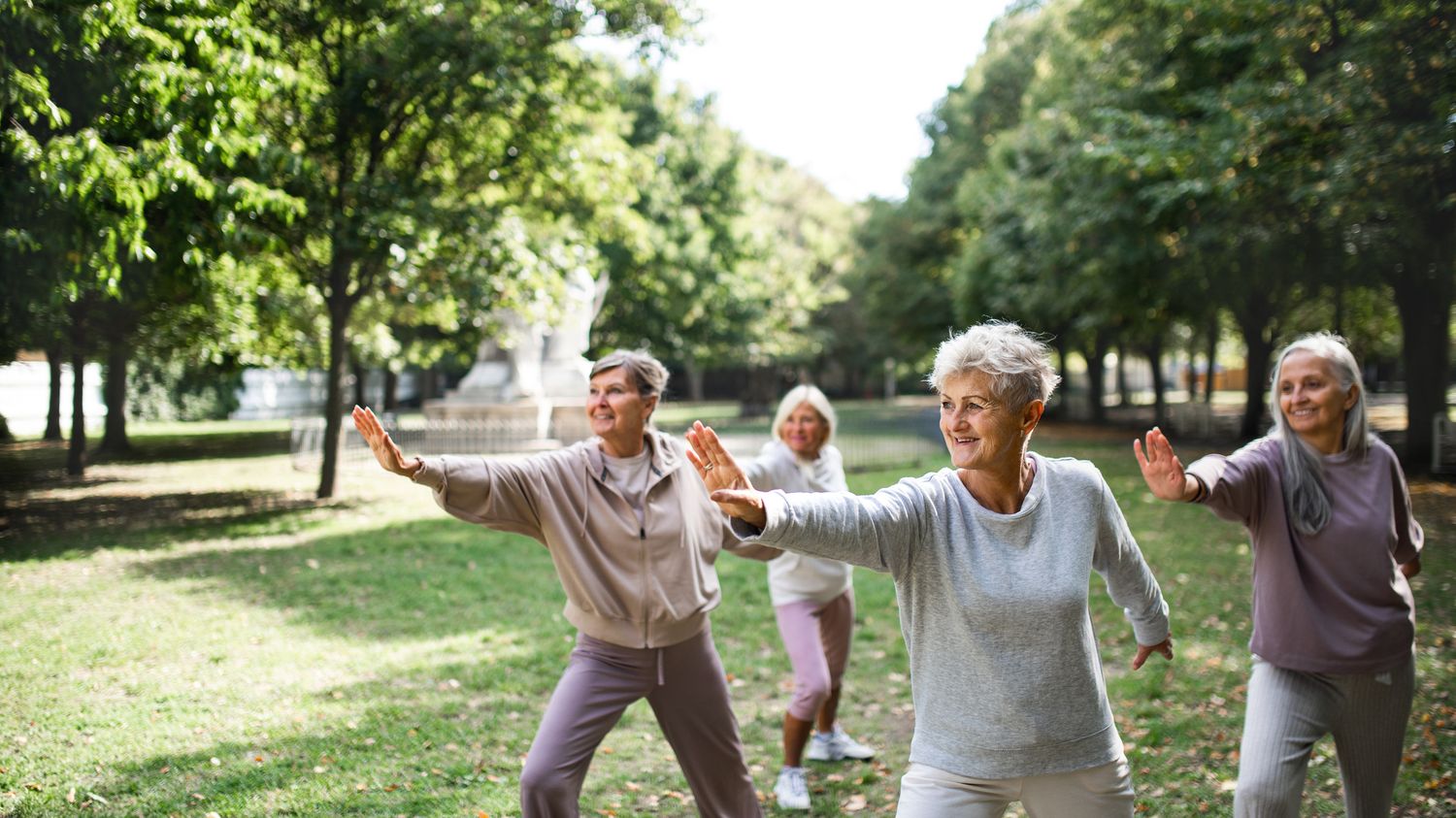A Chinese study shows that by doing an hour a week of tai chi, patients suffering from Parkinson’s disease were able to slow down its progression.
Géraldine Zamansky, journalist at the Health Magazine on France 5, talks to us today about the surprising benefits of practicing tai chi for people with Parkinson’s disease.
franceinfo: Can these affected people really improve their symptoms thanks to this martial art?
Geraldine Zamansky : This is shown by a Chinese study which followed 143 patients with Parkinson’s disease for 4 years. By practicing 2 one-hour sessions of tai chi per week, their symptoms evolved much less than for those who did not do it.
Learning and repeating these slow movements therefore limited the effects of Parkinson’s disease on their ability to move. To tell the truth, this is not big news for specialists. But previous results had never been confirmed over such a long period.
So we need to encourage patients whose illness is disrupting their movements to move?
Exactly. This is what Professor Margherita Fabbri, neurologist at the Parkinson Expert Center at Toulouse University Hospital, explained to me. Because this disease mainly affects the control of “automatic” movements, such as walking for example. Usually we don’t think about it. But when you make a very slow movement with your arm, from left to right, in tai chi for example, this uses other networks in the brain.
Professor Fabbri uses the image of the highway for the “automatic” circuit, and of alternative roads for the other connections used. And by repeating these actions, these “small roads” become stronger. Result, you guessed it: they can also be used for everyday tasks. Patient symptoms are reduced.
And this only works with tai chi?
No way ! Professor Fabbri of course reminded me of the benefit of adapted physiotherapy sessions. And he specifies that other physical activities can, like tai chi, really reinforce the effect of these treatments. Unsurprisingly, there is brisk or Nordic walking, exercise cycling, water sports but also dancing, particularly tango!
The main thing, insists the neurologist, is that everyone finds an activity pleasant enough to be adopted very regularly. Because the stimulation of “small roads” would be optimal, from three quarters of an hour, to an hour of practice, 3 times a week. With other important benefits, since the action of drugs specific to Parkinson’s disease, based on dopamine, would be reinforced, and the morale of patients too. (Especially if their loved ones accompany them, for example, which will also be excellent for their health).
The study
France Parkinson
